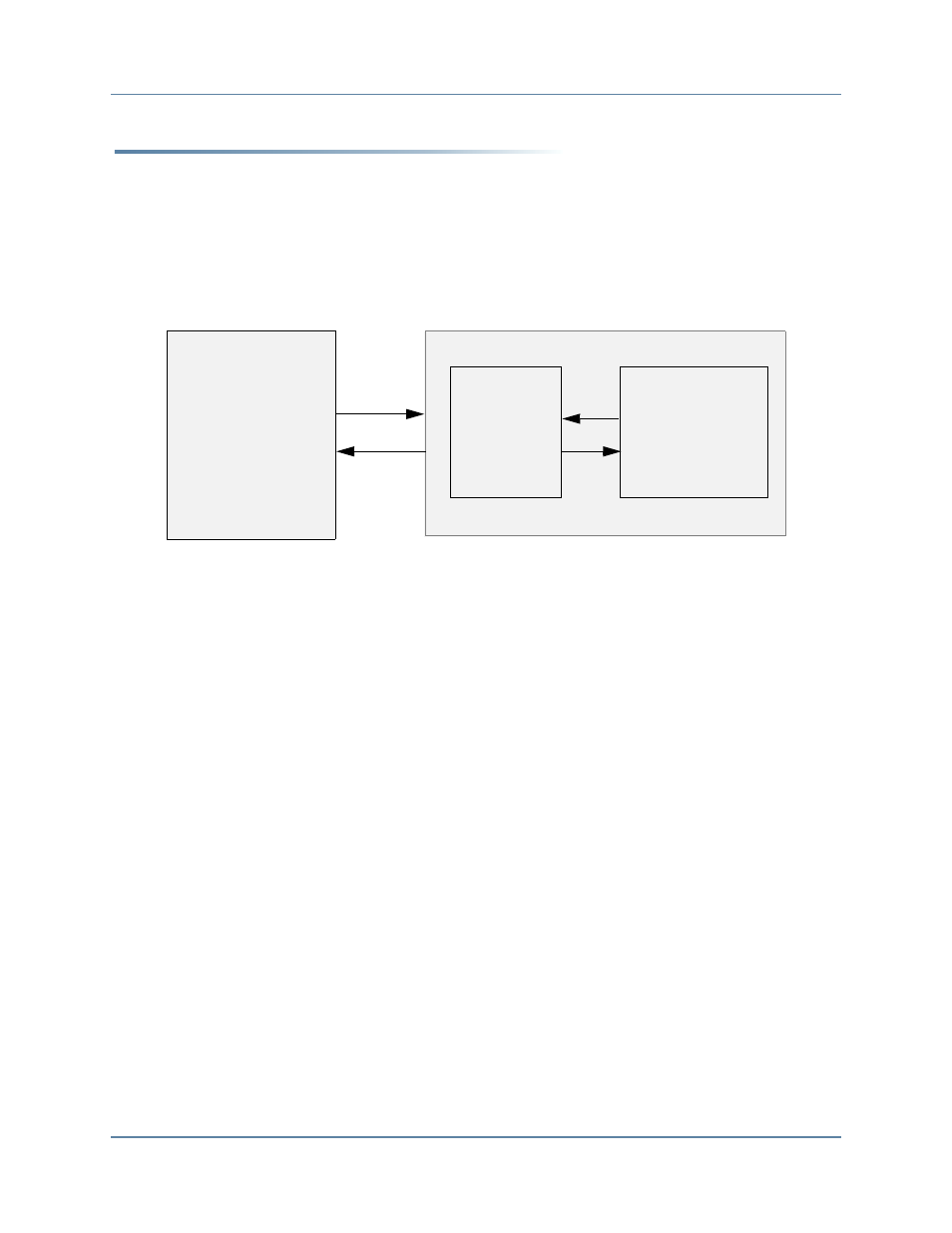Verifying a master dut, Slave bfm test program, Basic slave test program api definition – Altera Mentor Verification IP Altera Edition AMBA AXI4-Stream User Manual
Page 71

SystemVerilog Tutorials
Verifying a Master DUT
Mentor Verification IP AE AMBA AXI4-Stream User Guide, V10.3
71
April 2014
Verifying a Master DUT
A master DUT component is connected to a slave BFM at the signal level. A slave test program
written at the transaction level generates stimulus using the slave BFM to verify the master
DUT.
illustrates a typical top-level test bench environment.
Figure 6-2. Master DUT Top-Level Test Bench Environment
A top-level file instantiates and connects all the components required to test and monitor the
DUT, and controls the system clock (ACLK) and reset (ARESETn) signals.
Slave BFM Test Program
The slave test program contains a
Basic Slave Test Program API Definition
simplified interface for you to start verifying a master DUT with minimal effort. The API
allows the slave BFM to control back-pressure to the master DUT by configuring the delay for
the assertion of the TREADY signal. No other slave test program editing is required in this case.
Advanced Slave Test Program API Definition
allows the slave BFM to receive protocol
transfers and insert a delay for the assertion of the TREADY signal. No further analysis of the
protocol transfer content is performed. If further analysis is required then the slave test program
will require editing to add this feature.
For a complete code listing of the slave test program, refer to “
Basic Slave Test Program API Definition
The Basic Slave Test Program API contains the following:
•
Configuration variable
to insert a delay in the assertion of the TREADY
protocol signal.
Slave
BFM
Master
DUT
Slave
test
program
Top-level file